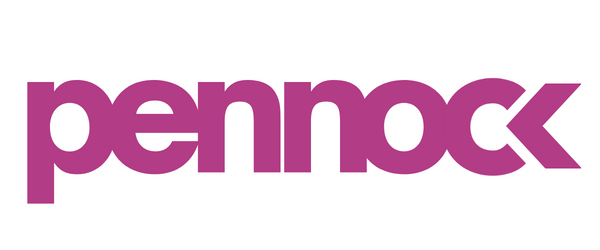Collection Pages vs. Product Detail Pages: A Home Decor Test on Pinterest
As we’ve mentioned before, we’ve found that Pinterest is a great platform for advertising Home brands. We’ve seen higher returns on ad spend (ROAS) and higher CTRs compared to other platforms like Meta and Google. Knowing that Pinterest produces stellar results for our Home brands, we also know that choosing the right URL for our ads is important, as it gives the user a clear idea of what page they’ll arrive on when they click on an ad.
We set out to determine which type of landing pages resulted in higher conversions on Pinterest — Collection Pages or Product Detail Pages (PDPs).
Collection Pages vs. Product Detail Pages
Collection Pages are organized by categories. They typically feature a grid of images that link to individual products or pages. Collection Pages allow users to discover your products in a more organic way.
A Product Detail Page (PDP) is a page on an eComm site that presents the description of a specific product. Each product has its own page with complete and relevant details including photos, sizes, price and a CTA (e.g. Add to Cart or Buy Now). PDPs are where users decide whether or not they want to purchase a product.
The Test
For 60 days, we ran A/B tests for two of our clients who fall in the Home category on Pinterest — a Moroccan rug brand and a high-end lighting company. We A/B tested specific Product Detail Pages and Collection Pages to see which type of landing page produced the best results.
The Verdict
We found that for our lighting company, linking to specific PDPs vs. Collection Pages, resulted in an 11% increase in ROAS.
On the contrary, for our rug company, linking to a Collection Page resulted in more favorable results:. ROAS increased by 32% when directing users to a specific Collection Page vs. PDP.
Our assessment of this test comes down to the assets being used in the ads and where the users are in their customer journey (more on that later).
When Product Detail Pages resulted in a higher ROAS, a specific product was the focal point in the asset (see images below). This makes sense as users click on the ad because they can picture the featured product in their home or want to learn more about the specific product.
Whereas for the rug company, the assets also feature lifestyle imagery, but the rugs aren’t necessarily the main focus (see images below). With their different patterns, colors and sizes, directing users to a Collection Page seems to be best suited for our rug brand. Users click on the ad because they like the overall aesthetic of the image vs. picturing that exact product in their home.
Funnel Positioning and Landing Pages
Throughout this test for both of our Home brands, we noticed that directing users to Collection Pages performed better in our Prospecting campaigns. And this is why: at this point in their journey, users are just learning about your brand and product assortment. Directing them to a Collection Page helps them get a good idea of what your brand can offer rather than hyper-focusing on one product.
Wrapping Up
There is no one-size-fits-all method to advertising your Home brand on Pinterest. However, one of the biggest mistakes marketers can make is using the same landing page for all of their ads, regardless of audiences and creative.
Your landing page should feature content that is relevant to the asset. For example, do your assets seem to focus on a product that comes in just one size and colorway? If so, direct users to Product Detail Pages.
On the other hand, if your asset features a product that comes in different sizes or color options, we suggest directing users to Collection Pages so they can browse for a product that fits their needs.
And remember to pay attention to where you’re directing users based on their funnel position.
Have questions about Pinterest ads? Get in touch with our team!


